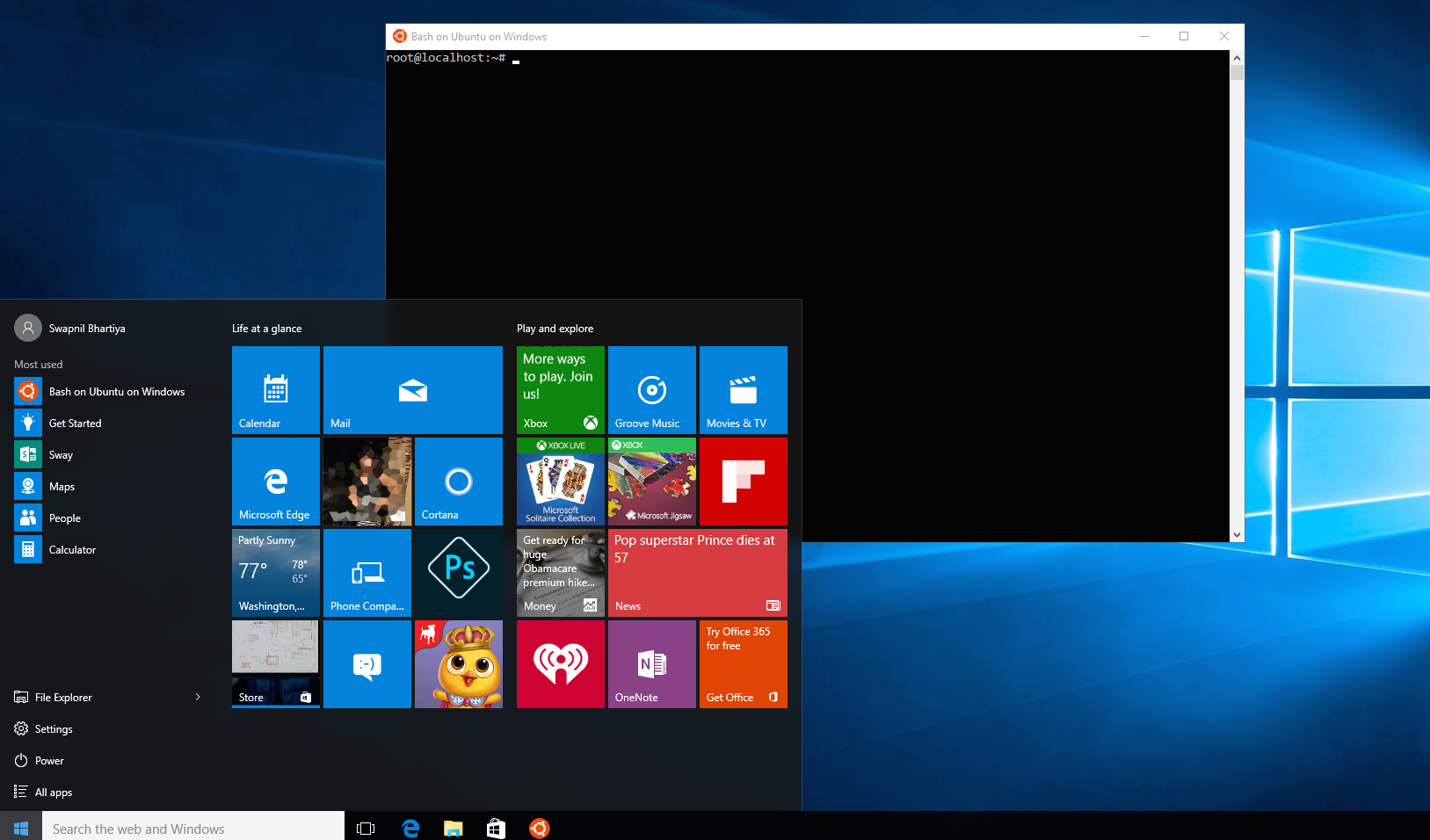
You’ll usually type the full name, traceroute, rather than the Windows name, tracert. Generally speaking, you access it the same way you would access it on a Windows computer, by opening a command prompt. How you get to the traceroute utility on a Linux computer varies depending on which distribution you run. You may access this folder by going to Finder > Go > “Go to Folder…”. by going to the CoreServices folder (/System/Library/CoreServices/Applications/).To do that, simply press Command and Space then type “Network Utility.” Enter the word traceroute, followed by a space, then the domain name for which you want to run a traceroute and then hit enter.You can also use the Spotlight Search function. Launch Terminal (/Applications/Utilities).

The traceroute will run and the results will be displayed.Type “tracert” followed by the domain name that you want to trace to.Click the “Command Prompt” link or icon.To do a traceroute on a Windows computer we’ll use the TRACERT utility. The traceroute can show you where the problem is.įirst, we’ll explain how to do a traceroute (from Windows, Mac, or Linux), and then talk about what the results mean. While a problem on the webserver is certainly possible, it’s also just as likely that there is a problem somewhere on the path between your computer server itself. When a website is slow or unresponsive, our first thought is to assume there is a problem with the webserver. Usually, that destination computer will be a webserver, and you’ll be using a traceroute to help determine why a website is slow or unresponsive. The traceroute results display the path across the network (Internet) that data takes from your computer to a destination. Thanks to the Awesome ChatGPT Prompts repository for inspiring the custom command function for this application.A traceroute is a diagnostic test that you perform from your computer.The core implementation of the share button code was copied from the extension with some modifications.Pop-up Search ( #122 mouse selected content, no more than 400 characters): The application is built using Tauri, and due to its security restrictions, some of the action buttons will not work, so we recommend going to your browser.Support for slash commands and their configuration (can be configured manually or synchronized from a file #55).Automatic application upgrade notification.Export ChatGPT history (PNG, PDF and Markdown).You can also use Sync Prompts to sync all in one click, and if you don't want certain prompts to appear in your slash commands, you can disable them. You can look at awesome-chatgpt-prompts to find interesting features to import into the app. ChatGPT_1.0.0_linux_x86_64.: Works reliably, you can try it if.deb installer, advantage small size, disadvantage poor compatibility Sudo xattr -r -d /YOUR_PATH/ChatGPT.app Linux


 0 kommentar(er)
0 kommentar(er)
